Being in crisis as an adoptive family is not at all unusual. The biggest survey of adoptive families in the UK suggests that nearly half of those with older children are in crisis or facing severe challenges.
I can’t give you an update on our own adopted son’s situation due to safeguarding restrictions. However, I can tell you that the social workers who spent so long examining every aspect of my life at the beginning of our adoption journey have all melted away.
My partner and I have been told that we have secondary trauma from our experience, but it is quite clear that our usefulness to the state has ended, and its concern for our wellbeing is, therefore, zero. We got more compassion from the vet after the death of our cat.
Adoptive families all over the UK are facing very similar circumstances. We are parenting children who have faced the most severe levels of abuse – necessitating the complete removal from birth parents. They are highly traumatised and often exhibit severe behavioural issues. Like all teenagers, they also desperately want to fit in, so mask their difficulties at school.
Here is the typical “support” we receive, as set out by another parent on a Facebook support group:
Parent: “I’m struggling…”
NHS: “You’re not struggling enough yet.”
Social services: “You seem to be managing really well.”
School: “They’re fine here.”
Parent: “OK, I’m begging you. I’m really struggling. Please, help me.”
NHS: “OK, we’ll see you in 18 to 24 months.”
Social service: “You are coping so well, it’s brilliant.”
School: “They’re still fine in school.”
Parent: “My child is out of control and a danger to themselves, our family and others. Please, help me.”
NHS: “Fine, you’re on the urgent pathway. See you in four to six months.”
Social service: “You’re not parenting right. Here’s a parenting course.”
School: “They cope fine once they are here, but their attendance is poor.”
Parent: “Why is no one helping me?”
NHS: ———
Social service: ———
School: ———
Parent: “OMG, we finally got here! We are going to get the help we need!”
NHS: “Yes, they have additional needs. There is a diagnosis report on its way.”
Social services: “We’ll have a meeting and get back to you.”
School: “We’ll just continue to do what we were doing before, but tick a box on some paper.”
Parent: “So, who do we receive help and support from?”
NHS: “Not us, sorry.”
Social services: “Not us, sorry.”
School: “Not us, sorry.”
Lives spiral out of control due to lack of support
By the time the adoption breaks down, parents have spent many, many years investing every waking moment, every penny and every emotion trying to achieve the best outcomes for their child. We have to do battle with the school, the NHS, the social work system – every agency who we expect to help us, but don’t.
By then, the non-stop pressure and fear has often destroyed not only the parent-child relationship, but also the couple’s relationship as well.
Eventually, the situation is so dangerous that the child goes back into care. As the final insult, social workers often file paperwork which blames the parents. The child’s life continues to spiral out of control and the parents are abandoned to rebuild the shreds of their lives.
Something has to change – our journey has begun
I outlined all this to my MSP, who has secured me a meeting with the head of the Moray social work department. I am going to try to persuade him that there is a way to do things differently. At the very least, he could organise for useful written information to be given to families in crisis.
Understanding that parents are traumatised by the behaviour of the children they love, and showing a little compassion, would be another major step forward. It costs nothing and would help keep families together.
Finally, if I’m really on a winning streak, we might even talk about offering meaningful support to prevent adoptions reaching crisis point in the first place.
I have filed a complaint with the Scottish Public Services Ombudsman, and am helping others to do the same
My partner thinks there is zero chance of any action from this meeting, which is why I have a plan B. Another adoptive dad has set up a Facebook page specifically for Scottish families whose adoption has broken down or is at breaking point. As well as offering peer support, this will give us a better idea of the common issues we face north of the border.
I have filed a complaint with the Scottish Public Services Ombudsman, and am helping others to do the same. One family has lodged a test case in court.
Over the years, I have watched many groups fight the state: the people infected by NHS blood products (who were told nobody could have foreseen the consequences), the parents of autistic children (who were told it was all down to bad parenting), the women given unsafe mesh implants (who were told the failure rate was too small to be of concern). It can take many years, but it can be done. Our journey has begun.
Eleanor Bradford is a former BBC Scotland health correspondent and now works in communications

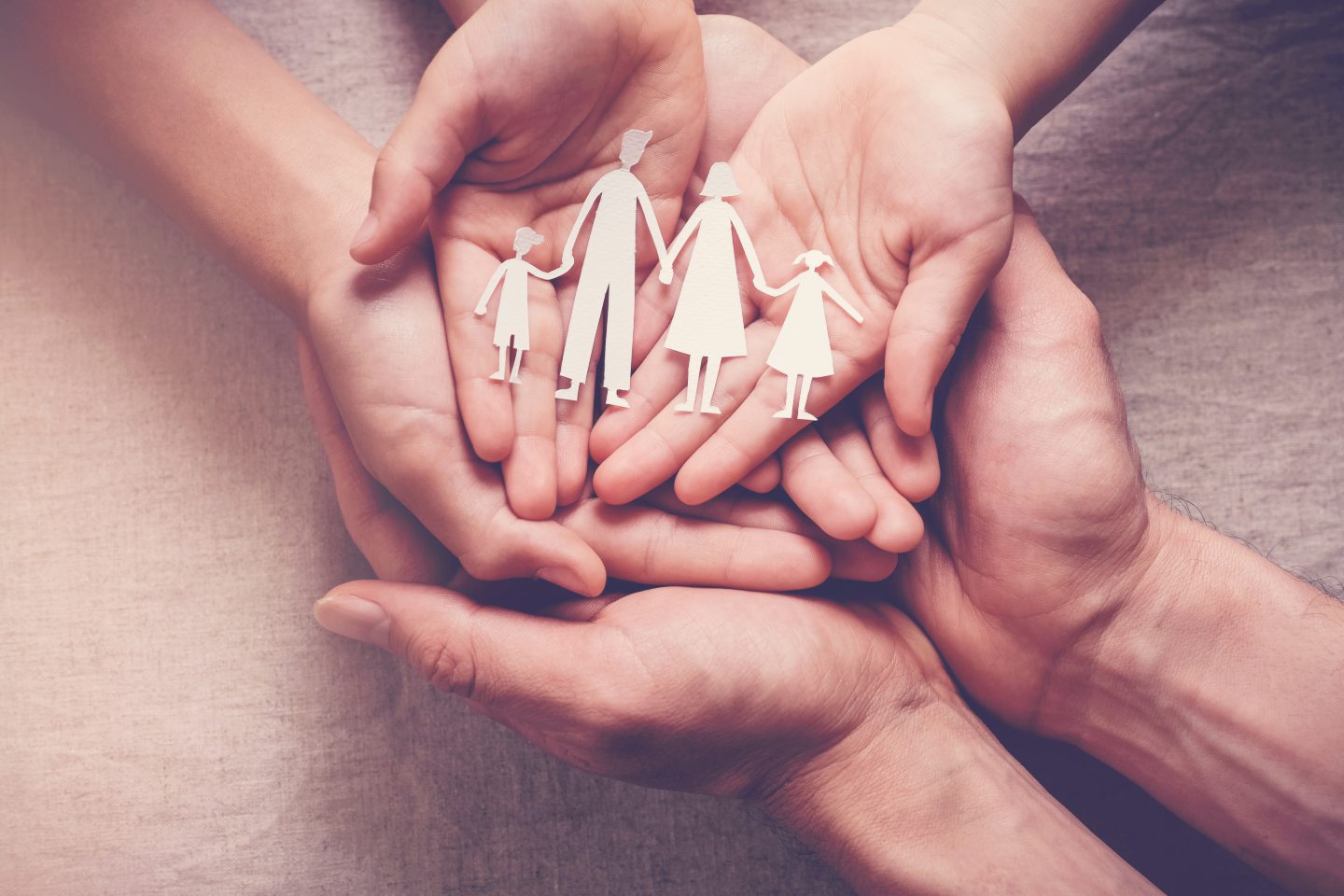

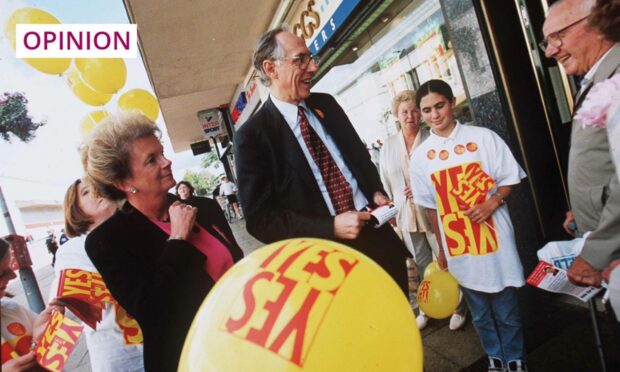
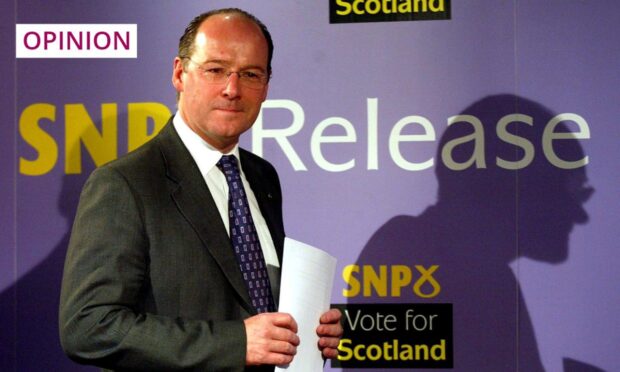
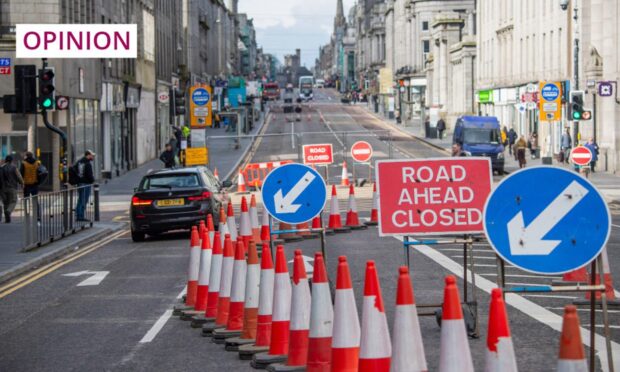
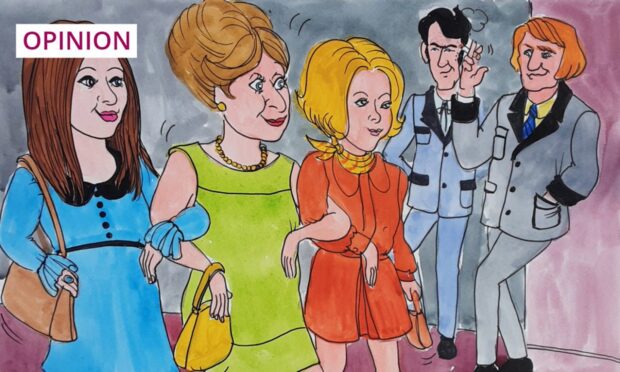





Conversation